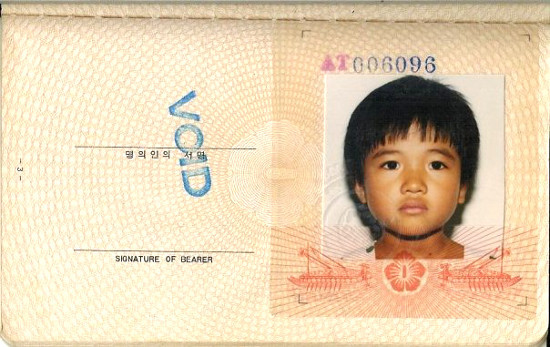‘Whether they know it or not, they are Middle-English archetypes, judges of good taste. Self appointed gatekeepers. In a word, critics. They know art when they see it and frankly it’s not brown.’

September 10, 2015
On Sunday, August 30, we invited five writers to the Queens Museum in Flushing Meadows Park to respond to works in the Museum’s exhibition of Indian modernist and contemporary art, After Midnight, which closes this Sunday, September 13.
The following piece by Hari Kunzru was written in response to F.N. Souza’s “Degenerates.” 1957, oil on canvas.
The Degenerates
Who are the degenerates? One thing is for certain, they don’t believe it’s them. I imagine they think it’s you, with your brown skin and your quaint but ultimately embarrassing interest in contemporary art. Rather like a dog that can do tricks, balance a treat on its nose or some such. You can drop all the names you like—say Expressionism, say Art Brut—but it only serves to underscore the pathos of your situation. These cultured men and women—not of the city, I should say, judging by their surroundings, the pitch-roofs of English suburban houses, not city Bohemians, though perhaps they find themselves Bohemian, with their academic slightly bored nudity and the big Windsor knots on their ties. Whether they know it or not, they are Middle-English archetypes, judges of good taste. Self appointed gatekeepers. In a word, critics. They know art when they see it and frankly it’s not brown. They may find your caperings amusing, even throw you a few scraps, but you shouldn’t kid yourself. You shouldn’t read too much in to their passing interest.
The degenerates, with their expressionist faces, the long noses (all the better to look down on you, my dear), their bland, placid expressions. The Entartete, the art Hitler collected to condemn, a mockery of Fascist good taste that is part of the story of Europe, the avant garde and the conservative reaction to the avant garde, a story which is for clever white people, not a painter from one of the Commonwealth countries. That story has nothing to do with you. By mentioning it, by daring to paint as if it belonged to you, you’ve made yourself ridiculous, a sort of talking horse. You’d do better sticking to your own traditions, your weaving and those fiddly things you people do with enamel and papier mache and sharp-looking bits of glass.
Oh, the coldness. Of those drab houses with their pitched roofs, of those patronizing smiles. All the insults that were not forgotten, that curdled after Midnight, into anger and violence and a desire never to be subaltern again. Anger so strong that it’s made itself visible as barbs, arrows sticking out of that man’s neck. Anger as an energy for nation building. But nations are shiny and brittle. Young or old, they need to avenge insults. Who do they avenge them on? On degenerates, of course, people who make a mockery, the lowest of the low.
—August 29, 2015
Read other pieces in our series from the Queens Museum’s After Midnight exhibition:
Hari Kunzru, “The Degenerates”
in response to F.N. Souza’s “Degenerates”
Swati Khurana, “Indexing a Life”
in response to Dayanita Singh’s “File Room”
Muna Gurung, “While We Slept”
in response to Tushar Joag’s “Are You Awake?”
Chaya Babu, “Good Girls Don’t Say Such Things”
in response to Subodh Gupta’s “What does the room encompass that is not in the city?”
Amitava Kumar, “At the Queens Museum”
in response to Subodh Gupta’s “What does the room encompass that is not in the city?”




